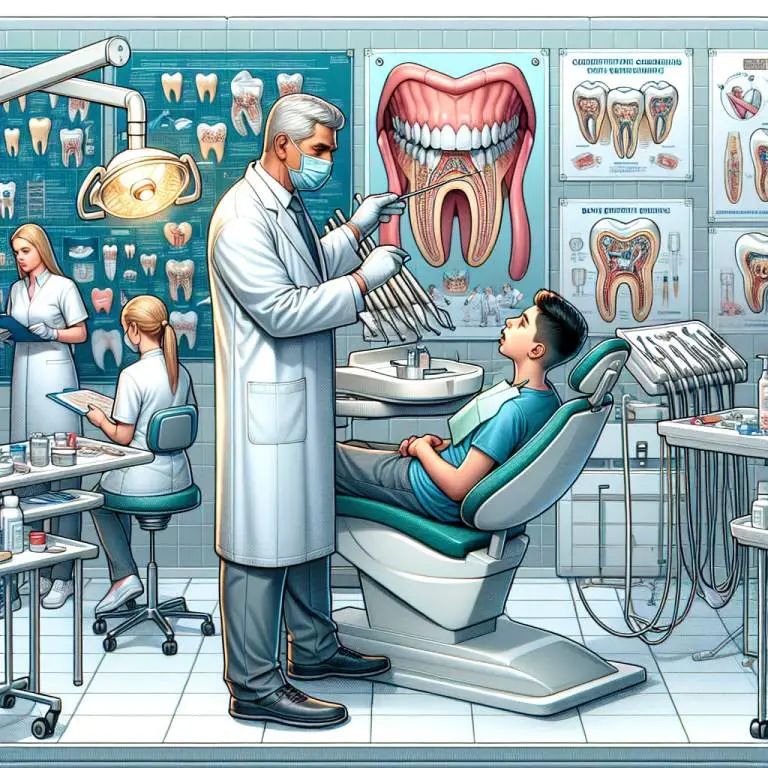What are the consequences of only practicing mewing part-time?
Practicing mewing part-time may lead to slower or less noticeable changes in facial structure compared to full-time practice. It might not provide the consistent pressure needed to influence jawline and palate development effectively. However, even part-time practice can still offer some benefits, such as improved breathing and posture, but these improvements may take longer to become evident.

How does mewing work and what are its purported benefits?
Mewing is a technique that involves placing your tongue against the roof of your mouth. This position is supposed to be held as often as possible throughout the day. The idea behind mewing is that it can help shape your jawline and improve your facial structure over time.
People who support mewing say it has several benefits. They believe it can make your jawline more defined, improve breathing, and even change how your face looks for the better. Some also say it can help with problems like sleep apnea and snoring by making the airways more open.
What does practicing mewing “part-time” mean?
Practicing mewing “part-time” means you’re not doing it all the time. Instead of keeping your tongue on the roof of your mouth constantly, you might only do it for a few hours a day or at certain times. It’s like trying to remember to sit up straight only when you think about it, rather than all the time.
This approach can be easier for people who find it hard to keep up with mewing all day long. It’s a way to try out the technique without having to commit to doing it every single moment you’re awake. Some people start with part-time mewing to get used to the feeling before they try doing it more often.
Can part-time mewing still lead to noticeable changes in facial structure?
Even if someone practices mewing only part of the time, they might still see some changes in their facial structure. However, these changes could be smaller or take longer to appear compared to someone who mews all the time. It’s like working out; even if you don’t exercise every day, you can still get stronger and healthier by being consistent over time.
That said, everyone’s body reacts differently. Some people might notice changes faster than others, even if they’re not practicing mewing as frequently. The key is consistency and patience, as any potential changes will happen gradually.
What factors influence the effectiveness of mewing?
The effectiveness of mewing can depend on several things. One big factor is age; younger people whose bones are still growing might see more noticeable results from mewing compared to older individuals whose bone structures are fully developed. This doesn’t mean older people won’t see any benefits, but changes might be less dramatic or take longer.
Another important factor is how consistently and correctly you practice mewing. If you’re not placing your tongue in the right position or if you only remember to do it once in a while, you might not see much improvement. Like learning any new habit or skill, getting good at mewing takes practice and dedication.
| Effect | Partial Commitment | Full Commitment |
|---|---|---|
| Jawline Definition | Mild Improvement | Significant Improvement |
| Nasal Breathing Ease | Slight Enhancement | Marked Enhancement |
| Posture Correction | Minimal Impact | Notable Impact |
| Sleep Quality | Possible Slight Improvement | Potential Significant Improvement |
| Dental Alignment Support | Limited Support | Strong Support |
| Facial Symmetry | Moderate Enhancements | Dramatic Enhancements |
| Aesthetic Confidence | Somewhat Boosted | Greatly Boosted |
How long does it typically take to see results from mewing when practiced consistently?
Seeing results from mewing can vary greatly from person to person. For some, noticeable changes might start appearing within a few months of consistent practice. However, for many others, it could take a year or more to see significant improvements. The key factor is consistency in applying the correct technique.
It’s important to remember that mewing is not a quick fix but rather a gradual process of reshaping the facial structure. Patience and persistence are crucial since the changes occur over time as the muscles adapt and the posture of the tongue becomes natural.
Are there any risks associated with inconsistent or incorrect mewing practices?
Inconsistent or incorrect mewing can lead to several issues. Practicing mewing sporadically or using the wrong technique may not only delay potential benefits but could also cause discomfort or pain. Incorrect tongue posture, for example, can strain certain muscles and lead to jaw problems.
Moreover, overly aggressive attempts at maintaining tongue posture can result in undue stress on the jaw and teeth alignment issues. It’s essential to follow proper guidance and adjust techniques if any discomfort arises, ensuring that mewing practices contribute positively to oral health.
What additional practices can complement part-time mewing for enhanced results?
To complement part-time mewing and potentially enhance its results, incorporating other healthy habits is beneficial. Good posture plays a critical role in supporting effective mewing practice. Maintaining a straight back and aligned neck can help ensure the correct tongue position is easier to achieve and maintain.
Besides posture improvement, regular exercises that strengthen the jawline and facial muscles can also be advantageous. Chewing sugar-free gum or performing specific facial exercises are examples of activities that support muscle tone around the mouth and jaw, aiding in achieving desired outcomes alongside mewing.
Final Thoughts
Mewing requires patience and consistency for those looking to reshape their facial structure gradually. While individual results vary significantly, maintaining proper technique over an extended period is key to observing changes. It’s not an overnight solution but rather a commitment to altering one’s oral posture for potential long-term benefits.
Risks associated with incorrect practices highlight the importance of educating oneself properly before attempting mewing or any complementary exercises. By combining good posture, appropriate exercises, and consistent practice, individuals may enhance their chances of seeing positive outcomes from part-time mewing efforts.







